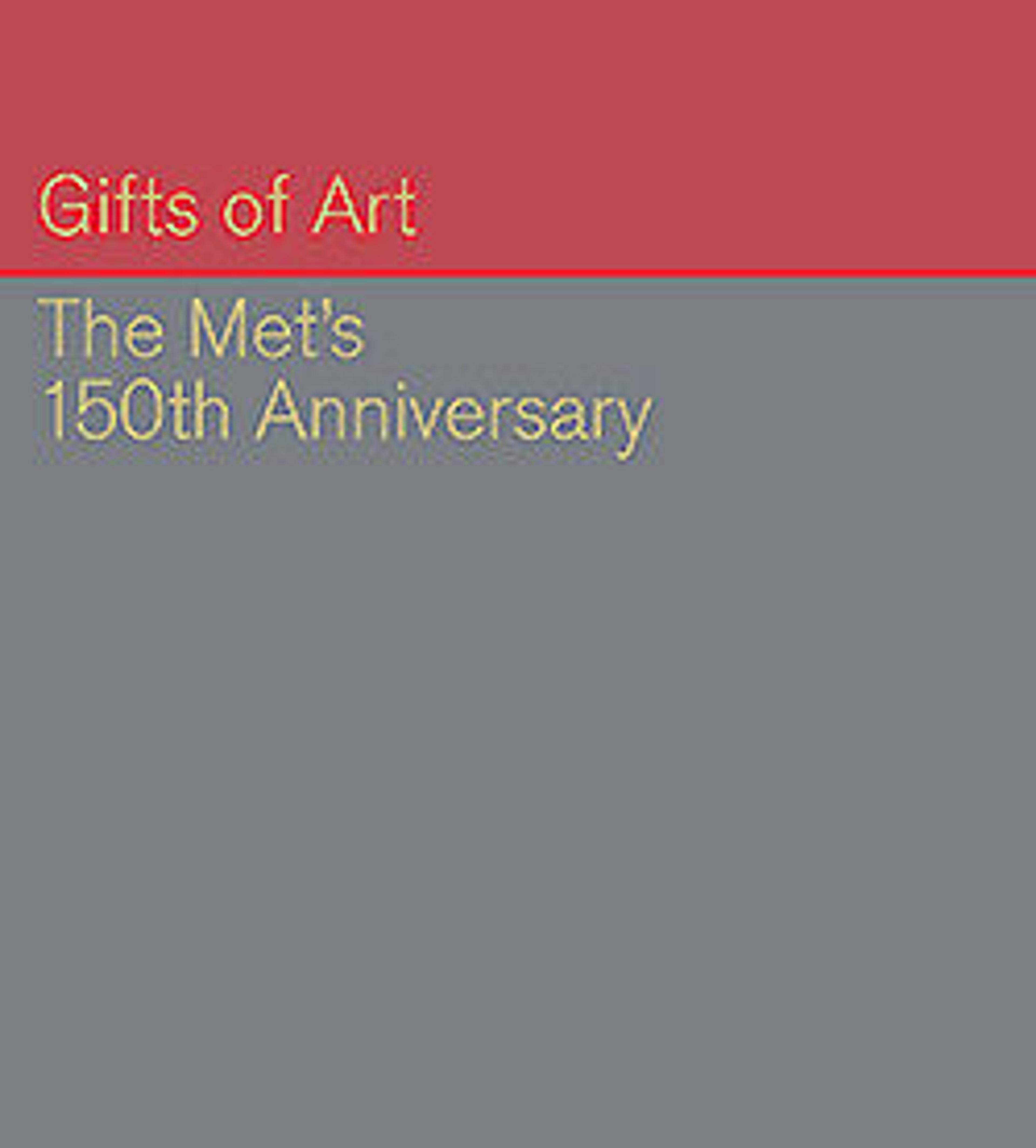Lucy
Reflecting Whitten’s interest in the origins of humanity, Lucy is named after the fossilized skeleton discovered in Ethiopia in 1974. Whitten’s version features a vertical stack of carved wood resting on a stone from the ancient Cretan town of Phaistos, a block of African mahogany, and a modern metal I-beam. Each element symbolizes a different marker on humanity’s historical timeline. These elements also signal the places that Whitten held most dear: Crete, the summer home where he made almost all of his sculptures, Africa, his ancestral homeland, and his birthplace, Bessemer, Alabama. The wire and circuit board serve as substitutes for hair as well as the brain’s synapses.
Artwork Details
- Title: Lucy
- Artist: Jack Whitten (American, Bessemer, Alabama 1939–2018 New York)
- Date: 2011
- Medium: Wood, stone, metal, paint, plastic, glass and clay
- Dimensions: 62 5/8 × 10 1/4 × 18 1/8 in., 135.9 lb. (159.1 × 26 × 46 cm, 61.6 kg)
- Classification: Sculpture
- Credit Line: Gift of Mary Staikos Whitten and Mirsini and Gregory Amidon, in honor of Jack Whitten, and in celebration of the Museum’s 150th Anniversary, 2020
- Object Number: 2020.32a–c
- Rights and Reproduction: © Courtesy the Jack Whitten Estate and Hauser & Wirth
- Curatorial Department: Modern and Contemporary Art
More Artwork
Research Resources
The Met provides unparalleled resources for research and welcomes an international community of students and scholars. The Met's Open Access API is where creators and researchers can connect to the The Met collection. Open Access data and public domain images are available for unrestricted commercial and noncommercial use without permission or fee.
To request images under copyright and other restrictions, please use this Image Request form.
Feedback
We continue to research and examine historical and cultural context for objects in The Met collection. If you have comments or questions about this object record, please contact us using the form below. The Museum looks forward to receiving your comments.
